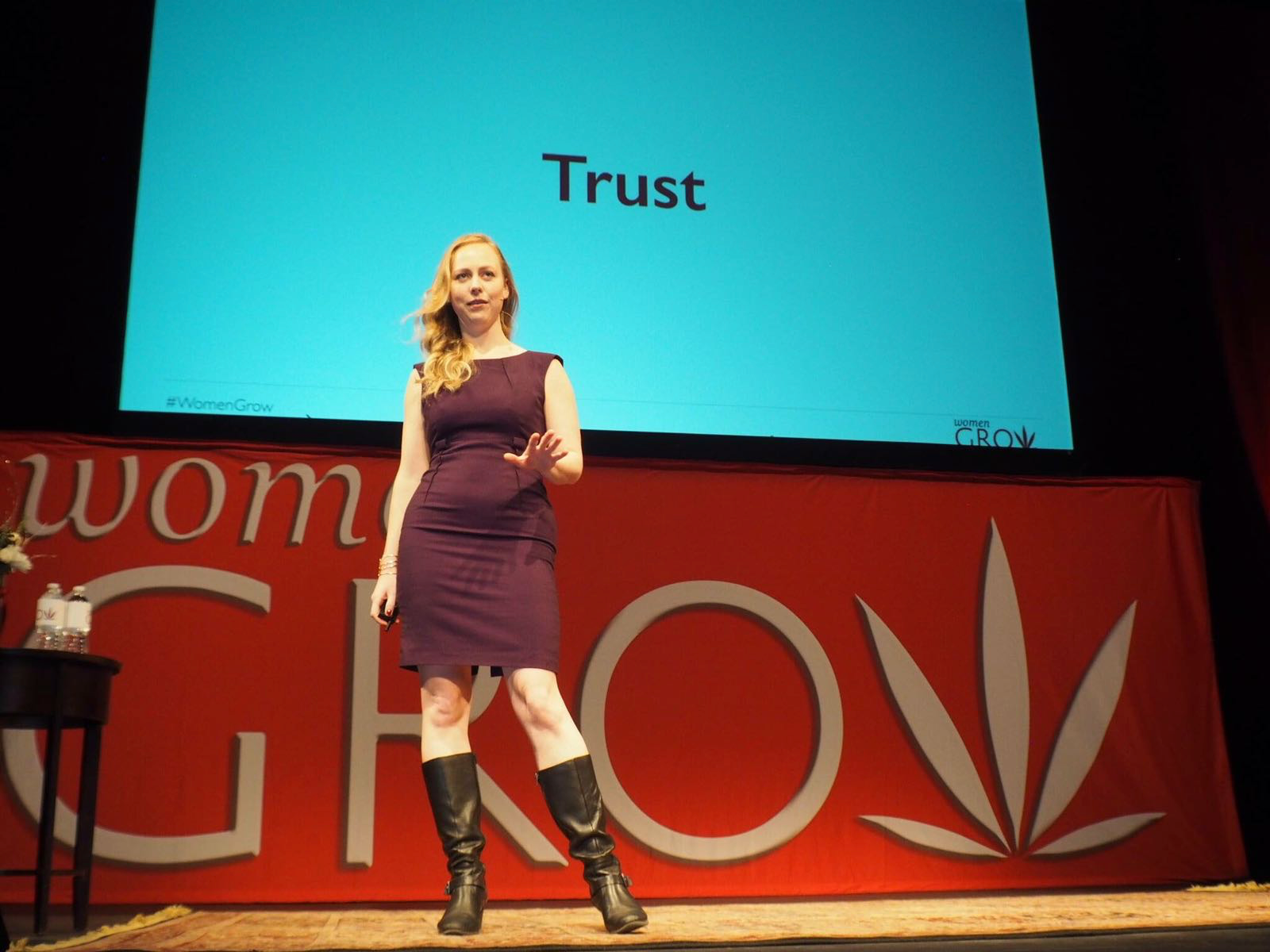
6 Stupid Easy Changes to Make Your SquareSpace Website More Pro

6 Practices to Support You Launching On Time Every Time

Building Your Online Credibility Without Going Back to School

11 Things You Haven’t Tried To Improve Your Website’s SEO

Where To Start Optimization Testing On Your Website
If you're just getting started with web optimization testing or have limited testing resources (hey that's like everybody), which pages you test is the most critical decision you have to make.

2014's Hot Homepage Design Trend: Mega Images
You know those giant brand images filling up new home pages? Looks great but does it work?

Your Company's Facebook Posts Will Soon Be A Waste Of Time
The day when your Facebook organic posts will reach virtually no one is coming fast.
